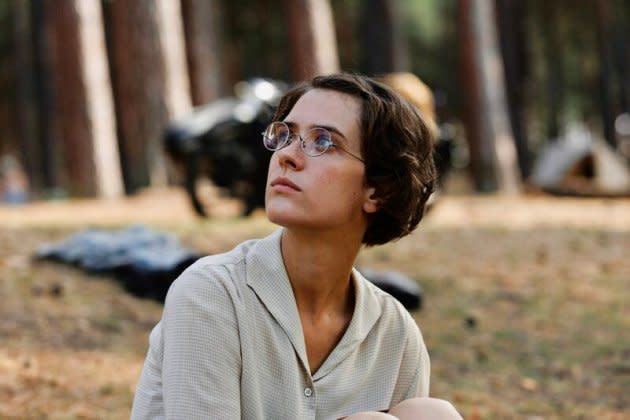
Busting the myth of carbon capture
BY JEREMY BROWN
Last month the Rudd Government announced a $100 million Global Institute grant to speed up the development of carbon capture and storage technology, bringing its spending commitment to $150 million on this project.
But while energy policymakers worldwide agree carbon dioxide emissions need to be reduced drastically to prevent catastrophic climate change, some experts question the effectiveness of carbon capture and storage (CCS) to help with this problem.
They also question whether it will be safe.
Phil Freedman of the Australian Conservation Foundation is among those calling for Australia to cut emissions by at least 30 per cent from 1990 levels by 2020. Freedman said he was open-minded about CCS, but that it was up to the coal industry, not the taxpayer, to prove that it works and is safe.
Greens Senator Catherine Milne said that, like storage of nuclear waste, the process posed an unknown danger to future generations, with the possibility that carbon storage reservoirs could eventually leak.
‘CO2 reservoirs will need to be monitored into the far future,’ Senator Milne said.
CO2 is toxic. Concentrations of 5 per cent are harmful to animals and people, causing dizziness and heart disease: the air normally contains less than 0.004 per cent.
The biggest source of CO2 emissions in Australia are coal-fired power stations. Australia has 24 major power stations that supply 80 per cent of our electricity, and burn more than 250,000 tonnes of coal daily.
Burning a tonne of coal creates 1.5 tonnes of CO2, so every day an enormous volume is ejected into the atmosphere – 20 million cubic metres of gas, which has to be compressed into 200 megalitres of liquid, or about the capacity of 100 Olympic pools. That’s 365 days a year.
So far, the techniques for separating CO2 from the exhaust gas have only been tested in very small-scale pilot projects.
After capture and compression, the CO2 would be transferred to a storage area. Shipping the waste by rail or sea will be expensive as liquid CO2 needs to be stored in heavy pressure vessels. In some places CO2 pipelines may be suitable, but they are a largely unproven technology and need massive investment of capital and manpower.
There are also concerns that an accident while transporting the waste could have serious consequences, and there are few suitable sequestration sites in NSW, which is by far the biggest electricity generating state.
At the storage site the waste is forced through piping to an underground depth of 1 kilometrewhere it is expected to stay forever as a stable liquid.
And it won’t be cheap; according to Dr Peter Cook of CO2/CRC, a carbon storage start-up company financed by Rudd’s federal money, the extra cost of capturing CO2 from a power station may range between $30 and $45 per MWh (megawatt hour) generated. This could effectively double generation costs, which are now at $35 per MWh.
Dr Mark Diesendorf, of the Centre for Energy Research and Policy Analysis at the University of NSW, says solar and wind technologies are the solution.
He said we have an ideal environment for solar electricity generation, which is safe and low-impact technology. Research worldwide is focusing on increasing energy yields per square metre, and costs are expected to fall rapidly once production plants come online.
‘We should be investing in solar. It is a reliable, non-polluting energy source,’ Dr Diesendorf said. ‘Despite an excellent pre-election policy statement on renewable energy, there has been no investment in renewable energy research and development by this government.’









